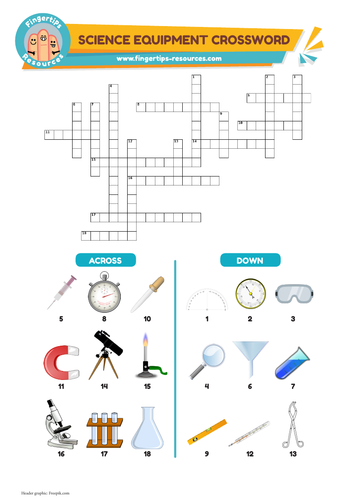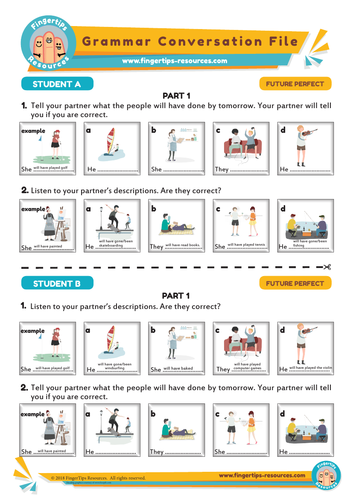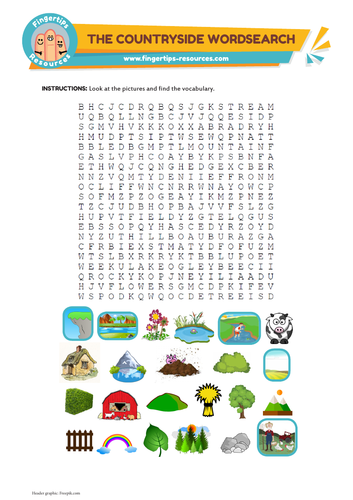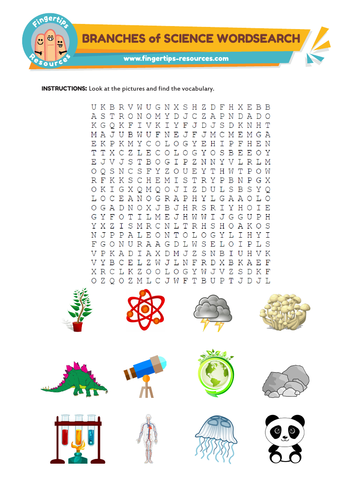TEN NGUOI THU HUON
Specialists in creating engaging, interactive and fun language learning resources for English, French , Spanish, German and Portuguese classes. Exam preparation, conversation, reading & writing, speaking & listening, grammar & vocabulary. ESL | ELE | FLE




















